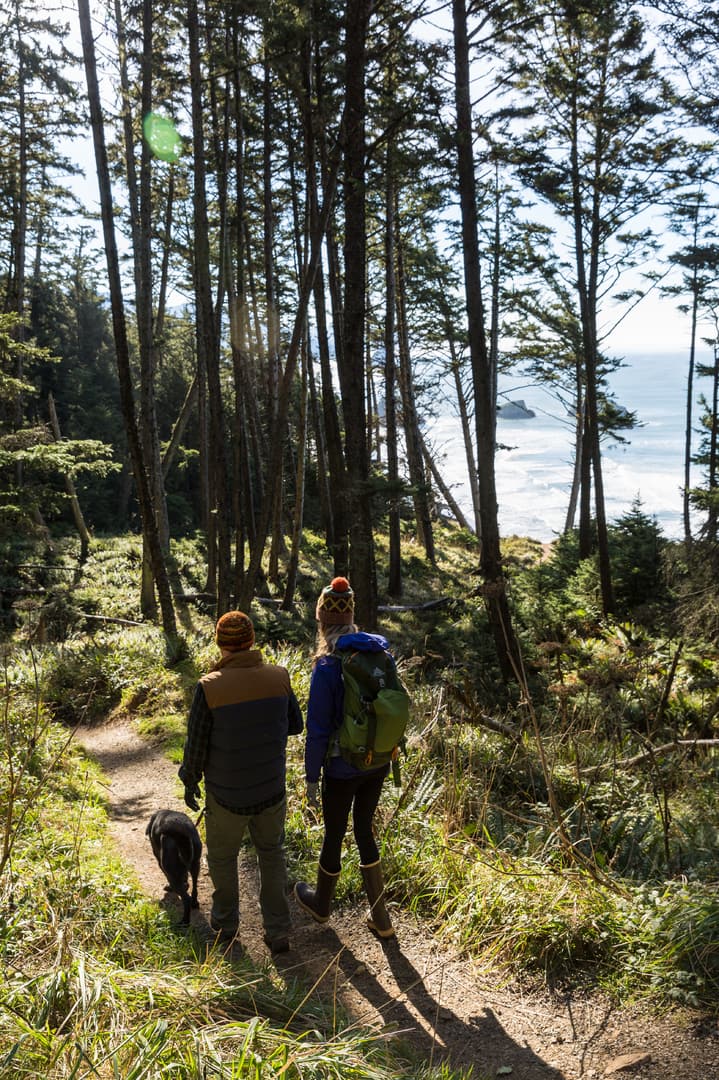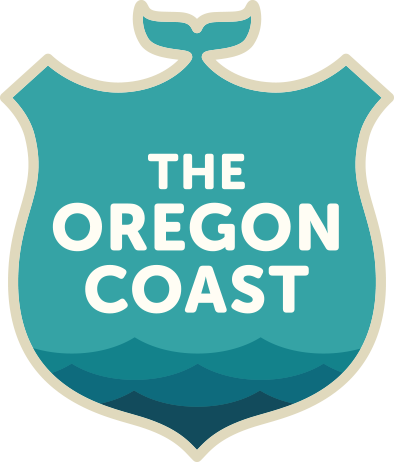Oregon Coast Trail
The Oregon Coast Trail is a region-wide destination development project meant to inspire industry alignment between cities, counties, state and federal agencies as well as a wide array of coastal-based organizations.
It was funded by 40% of our $200,000 Regional Trail Development and Planning which was earmarked to invest in a “diversity of trail planning, trail signage, new trail development, trail enhancement/rehabilitation as well as support for existing trail volunteer groups to help maintain trail standards.”
Goals
Meant to eventually become the “backbone” of all other coastal trails, the OCT has successfully offered opportunities to collaborate on the development, maintenance and management of both OCT trail and connecting trail assets as well as to create cooperative marketing options of Oregon Coast Trail experiences to future visitors.

Outcome
- This tactic allowed us to resource the Association of Oregon Counties to launch a coast-wide stakeholder interview and assessment effort, which soon led to the formation of a yet-to-be formalized OCT management structure between county, state and federal agencies with direct roles in OCT stewardship efforts. Today, there is complete political alignment between these entities in support of raising the status and stature of the OCT with formal agreements near at hand.
- It allowed the pilot expansion of Trailkeepers of Oregon to the North Oregon Coast to recruit, “train up” and “tool up” trail maintenance volunteers for long-term trail maintenance capacity. Not only have miles of trail been rehabilitated, but dozens of new trail volunteers have been recruited, trained and provided tools to perform work as well.
- Finally, this investment made it possible to completely remap the entire Oregon Coast Trail, the production of 10 OCT Adventure Guides and the launch of the first ever Oregon Coast Trail website meant to conform to the new Oregon Signature Trails standards.

